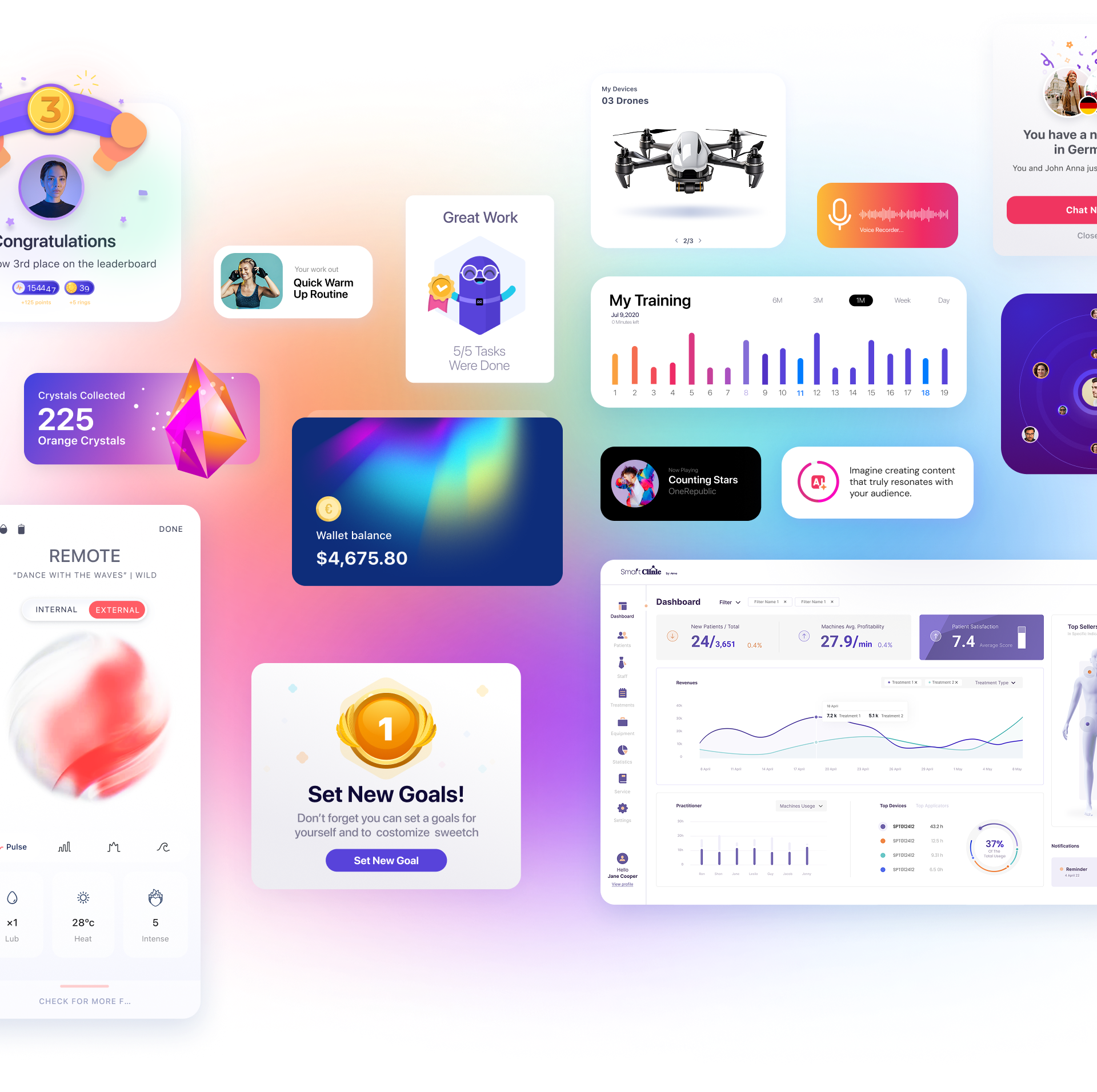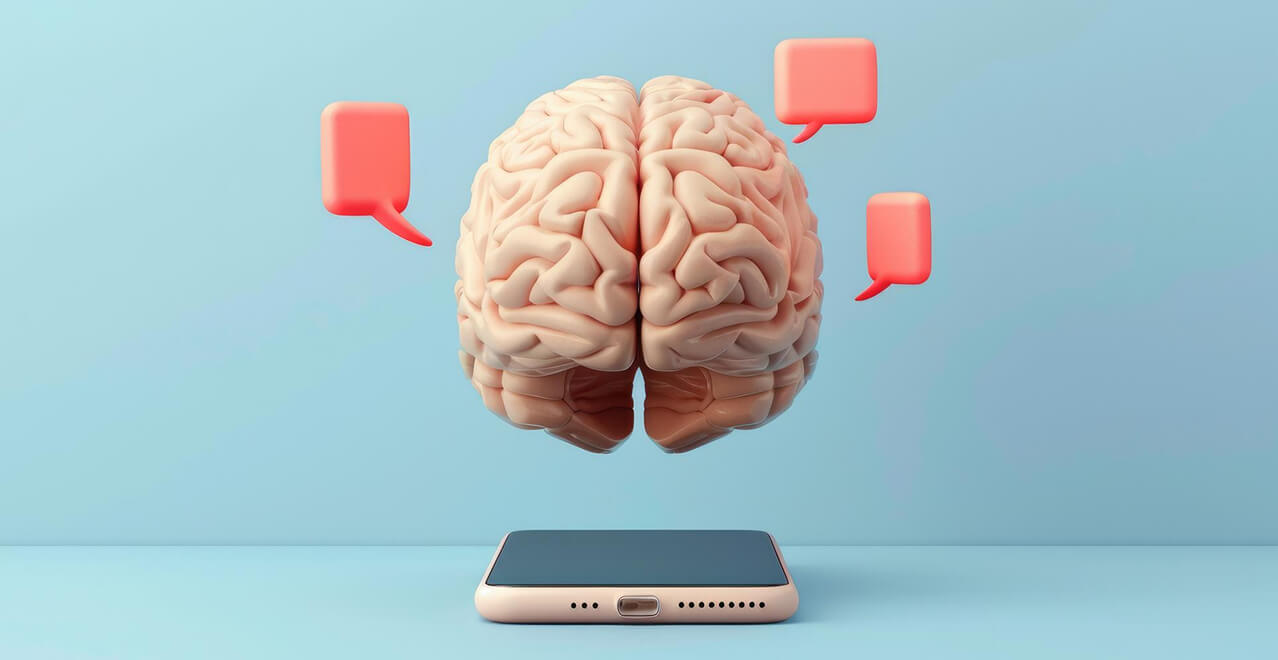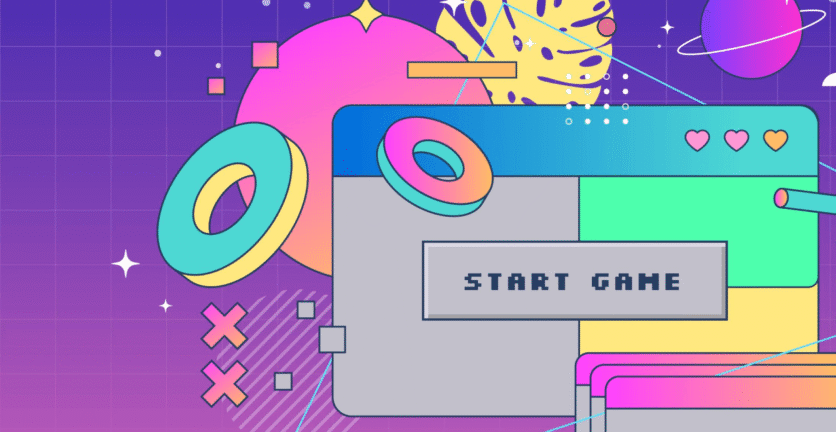Humanizing Digital Experiences One Word at a Time
Ever caught yourself thanking Siri, Alexa, or Google Assistant? There’s a reason why we sometimes forget we’re talking to a machine. It’s all thanks to Natural Language Processing (NLP) — a brilliant piece of technology that’s busy bridging the gap between human conversation and digital comprehension. This is where User Experience (UX) design teams up with NLP to craft interactions that feel less like pressing buttons and more like having a chat over coffee.
A New Era of Digital Interaction
In the realm of UX, NLP acts as a catalyst for innovation. Its mission? To make our dialogue with machines seamlessly intuitive. Imagine dictating an email to your laptop as if it were an attentive scribe, or querying a database with casual inquiries like you would ask a friend for recommendations. That’s the future we’re stepping into, where NLP stands as the cornerstone of user-friendly design.
Learning the Language of Design
Drawing inspiration from Kristina Hoogenboom’s insights on conversational design, it’s clear that communication is more than just words exchanged. It’s about context, timing, and emotion — factors that NLP and UX design strive to understand and implement. This synergy enables digital services to not just answer our queries, but to understand the intent behind them, making every interaction feel tailored and thoughtful.
The Ripple Effect of NLP on UX
The comprehensive review by Alessandro Russo and Michael Brauer opens up a fascinating dialogue on how NLP is reshaping user interfaces. From simplifying complex forms to offering personalized content, NLP-equipped UX design is setting a new standard for digital intuitiveness. It’s like having a personal guide within each app, one that speaks your language and anticipates your needs.
Real-World Magic of NLP in UX
Forbes and the Nielsen Norman Group shed light on practical examples where NLP enhances user engagement. Whether it’s through chatbots that handle customer service with ease or voice-activated systems that navigate users through websites hands-free, the impact is tangible. It’s transforming passive users into active participants, co-creating the digital experience with each command they voice.
The Linguistic Labyrinth
However, integrating NLP into UX isn’t without its challenges. Language is a complex beast, filled with nuances, dialects, and slang. Designing systems that understand and adapt to this diversity requires not just technological prowess but a deep empathy for the end-user. It’s about ensuring that everyone, regardless of their language proficiency or cultural background, has equal access to technology.
Navigating the Future
As we look to the horizon, the fusion of NLP and UX design promises even more personalized, adaptive, and intuitive user experiences. Imagine interacting with applications that not only understand what you say but also how you feel, adjusting their responses accordingly. It’s a future where digital experiences are not just functional but truly meaningful.
A Glimpse into Chatbot UX
The literature review from Chatbots Magazine provides a case study in the art of chatbot design, highlighting the importance of personality, context-awareness, and user feedback in creating engaging conversational agents. It’s a testament to how far we’ve come and a hint at how much further we can go in making technology not just a tool, but a partner in our daily lives.
Humanizing Technology, One Interaction at a Time
So, what does all this mean for us, the users? It means that we’re moving towards a world where our interactions with technology are more natural, intuitive, and human. It’s about breaking down the barriers between humans and machines, making technology more accessible and enjoyable for everyone.
In Conclusion
The journey of integrating NLP within UX design is an ongoing adventure, filled with challenges, discoveries, and endless possibilities. As we continue to explore this synergy, one thing is clear: the future of digital interaction is not just about making technology smarter; it’s about making it more human.
FAQs
- ֿHow does NLP improve UX?
NLP enhances UX by making interactions with technology more natural and intuitive, allowing for a more personalized and efficient user experience.
- What challenges are there in combining NLP and UX?
The main challenges include handling the complexity of language, ensuring inclusivity across different languages and dialects, and maintaining privacy and security in user interactions.
- Can NLP truly personalize user experiences?
Yes, by analyzing and understanding user preferences and behaviors, NLP can tailor digital interactions to each individual, making experiences more relevant and engaging.
- What future trends should we look out for in NLP and UX?
Future trends include more advanced sentiment analysis, multi-modal interactions combining voice, text, and gestures, and even greater personalization through machine learning and AI.





 Book a Call
Book a Call





